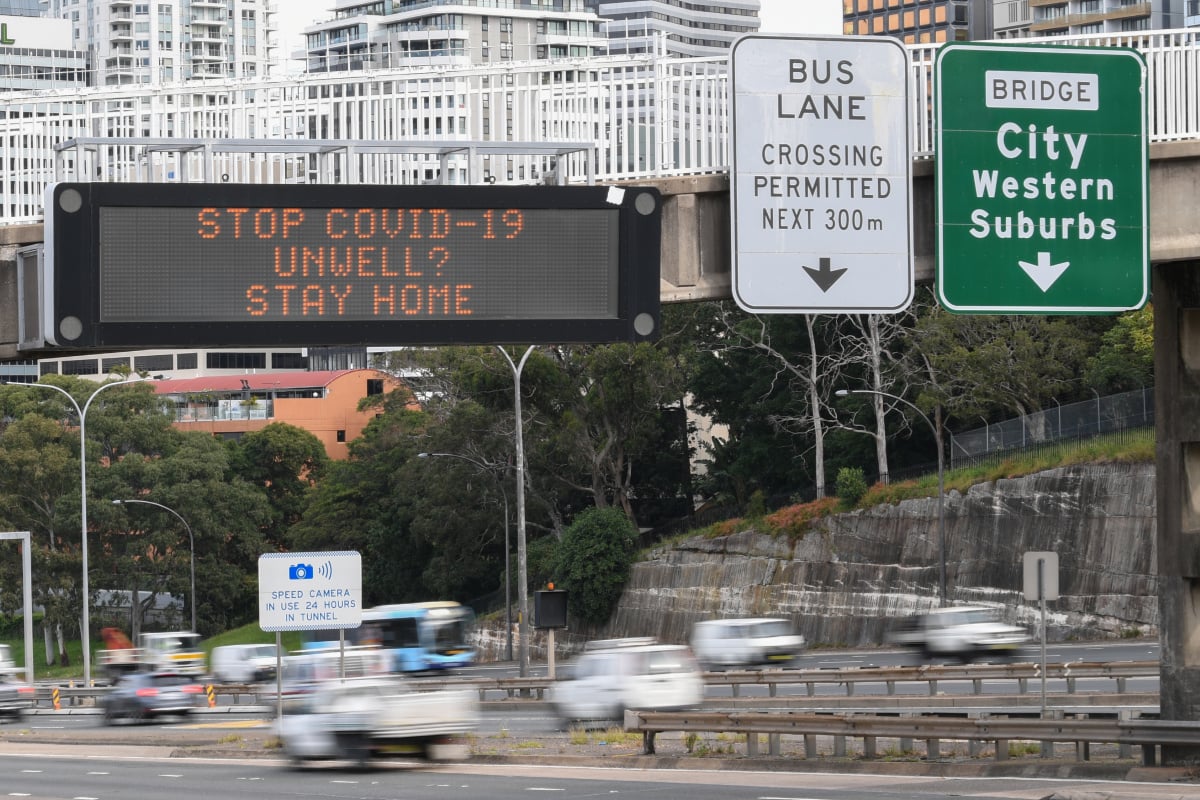
As Australia’s coronavirus restrictions are gradually lifted, we may well see an upswing in cases of COVID-19. The World Health Organisation has warned of the need for “extreme vigilance” in countries that are now emerging from lockdown.
A vaccine remains the best possible tool to guard against the virus. But with a vaccine still months or even years away, we will have to rely on other epidemic control measures, of which there are five key pillars.
Scott Morrison outlines the first step in the government’s three step plan. Post continues below.
1. Finding every new case
We need to find and isolate every new case of COVID-19, to prevent transmission. Testing is the way we identify cases. Because even people without symptoms can transmit the virus, the testing regime should include high-risk, asymptomatic people.
Expanded testing criteria in some states allow any doctor to order a test if they suspect COVID-19, but national criteria still do not recommend testing of high-risk people (such as family contacts) who do not have symptoms.
In closed settings where COVID-19 cases have been identified – such as an aged care facility, cruise ship or household – everyone exposed should be tested, as there is a high rate of asymptomatic and pre-symptomatic infection that would otherwise be missed.
